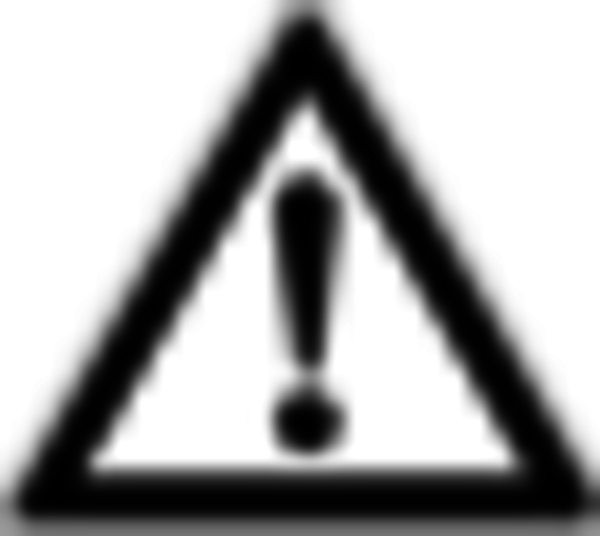Commissioning
 Hearing damage. DAR fans can be very loud when running; depending on the unit type, they may get up to 105 dB(A).
Hearing damage. DAR fans can be very loud when running; depending on the unit type, they may get up to 105 dB(A).
Wear hearing protection when working in loud work environments.
Checks before commissioning
- Ensure that all specifications listed in Installation instructions and the electrical specifications in Connection information for electrics are observed.
- Check that all screw connections are tight.
- Ensure that the impeller can be freely turned by hand.
- Check that potential slide valves or controllers for throughput are in the closed position. This will prevent dangerous motor overloads when starting up.
- Check that connection data matches technical data (→ rating plate).
- Check the insulation resistance between the windings and earth. With a winding at 25 °C, this must be greater than 10 MΩ. Lower values usually indicate moisture in the windings. In such cases, they should be dried by a specialist company. NOTICE: Do not touch the terminals during and immediately after the measurement because they are energised. Take a note of the impeller’s direction of rotation (→ arrow sticker on motor plate).
- Check air duct for dirt and clean if necessary → Cleaning.
Function test, checks during commissioning
- Check impeller’s direction of rotation and ensure that the direction of rotation matches the direction of the arrow → arrow sticker Air flow direction, direction of rotation of impeller.
- Ensure smooth running. Check fan for unusual noises. The air must be able to flow freely.
- Check power consumption. Ensure that the power consumption does not exceed the value stated on the fan’s rating plate. With a star-delta connection, read off the value upstream of the changeover switch.
- Avoid higher switching frequencies because they may result in permanent fan overload and overheating. Allow the motor to cool sufficiently before restarting.
- After the first few operating hours, check the bearing temperatures because these are the most critical. If the bearing temperatures are too high, interrupt operation if required and restart once they have cooled down. The operating temperatures must then be lower.
- The fan impellers are balanced in accordance with ISO 14694 “Industrial fans – Specifications for balance quality and vibration levels” and ISO 1940-1.
In addition to this, run a vibration check on site. Check the vibration values after commissioning (ISO 14694, BV-3, Veff 4.5 mm/sec.) Retrofit components for avoiding vibration if necessary. Before installation, check the application category of the fans and the vibration limits for on-site tests, in particular for the start-up, alarm and stop operating statuses. - After several operating hours, check that the vibrations have not caused the screws to come loose.